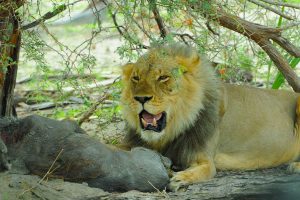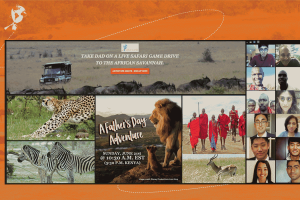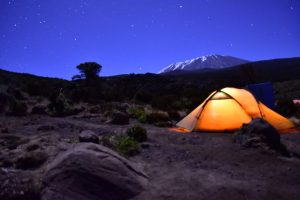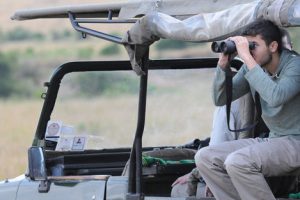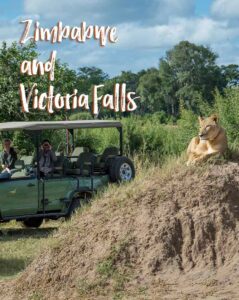Kenya and Tanzania Safari
No wildlife event on the planet rivals East Africa’s Great Migration. Millions of Serengeti wildebeest, zebra, gazelle, impala make their way across the continent, with hungry lions, cheetahs, crocodiles and hyenas in hot pursuit of any who fall behind. This event is so large it can be seen from outer space, but we want to take you right up close to the action.
We offer fully customizable travel itineraries so that you can make the most of your experience with us in Kenya and Tanzania. Enjoy private wildlife viewing with experienced naturalists, away from the crowds. Adventure over the Serengeti plains in a hot air balloon, or enjoy the sundowner in the savanna. We want to make your luxury travel experience everything you could want and more.
The Kenya and Tanzania safari adventures take you to the heart of the wild savannah. Keep your cameras charged and ready–you might hope that the gazelle gets away, but don’t let the moment escape you!
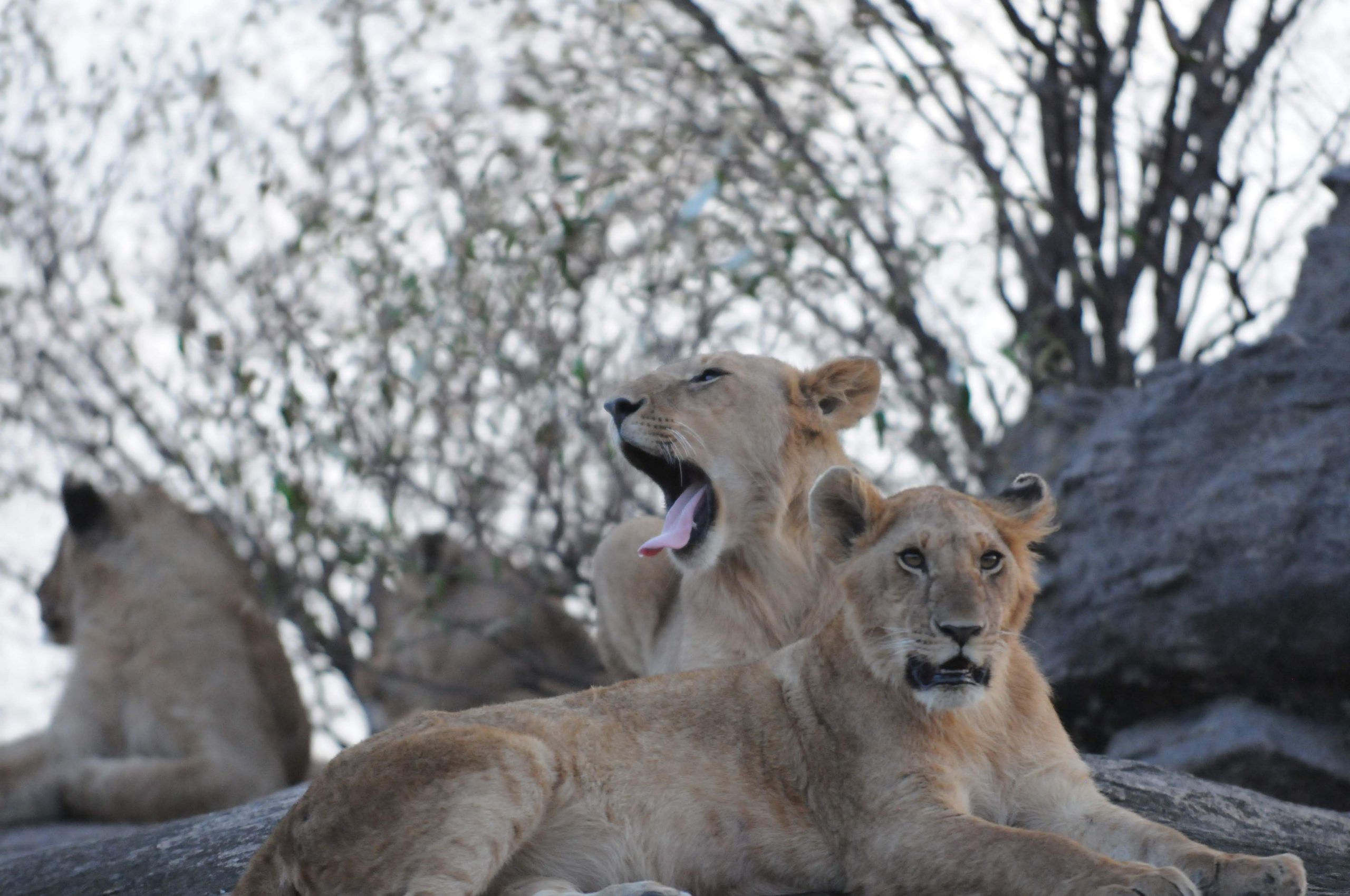
The Great Migration African Safari
Trip Highlight: The Caldera of Ngorongoro
On most safari bucket lists is an adventure into the depths of the enormous caldera of Ngorongoro, a wildlife hotbed that’s unlike anywhere else on Earth. It is the world’s largest intact volcanic caldera and home to Africa’s big five game animals.
Here you can spot a rich diversity of animals native to Africa, including one of the densest known populations of lions in the world. Travelers stop here before heading into the Serengeti National Park, home to the Masai people and an incredible range of wildlife and landscapes.
Camping in luxury Safari tents in the heart of Tanzania’s oldest national park and exploring timeless East Africa where endless savanna, bursting with predator prey action, offers an exhilarating safari and cultural experience.

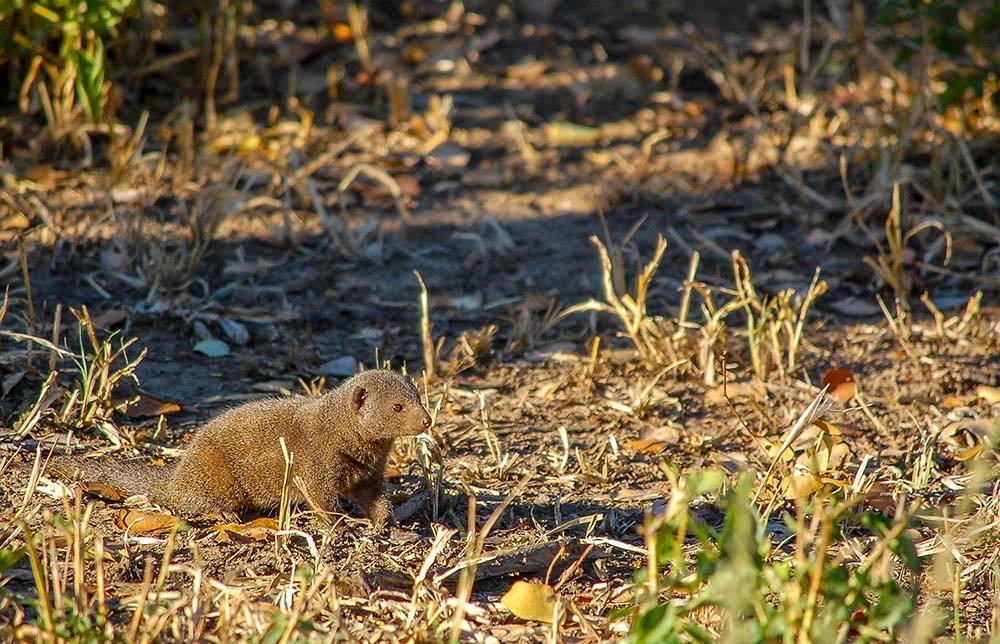
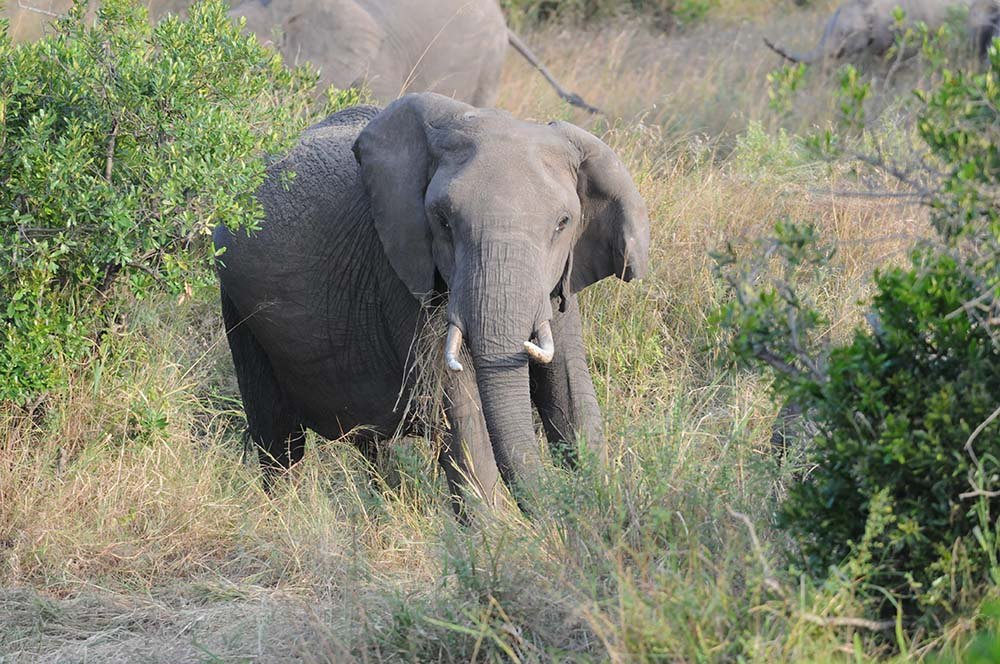
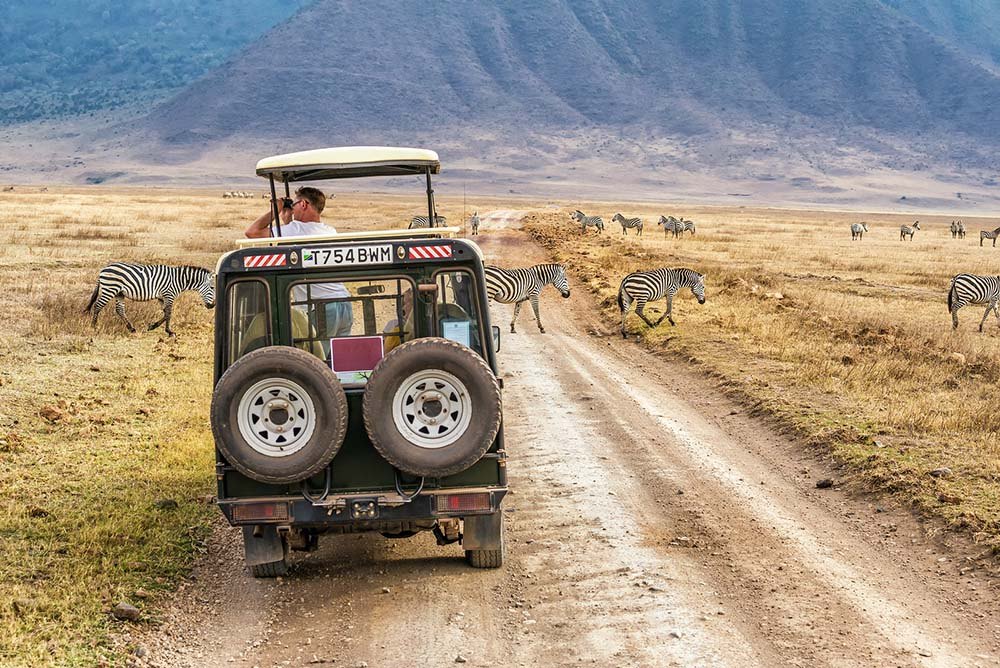
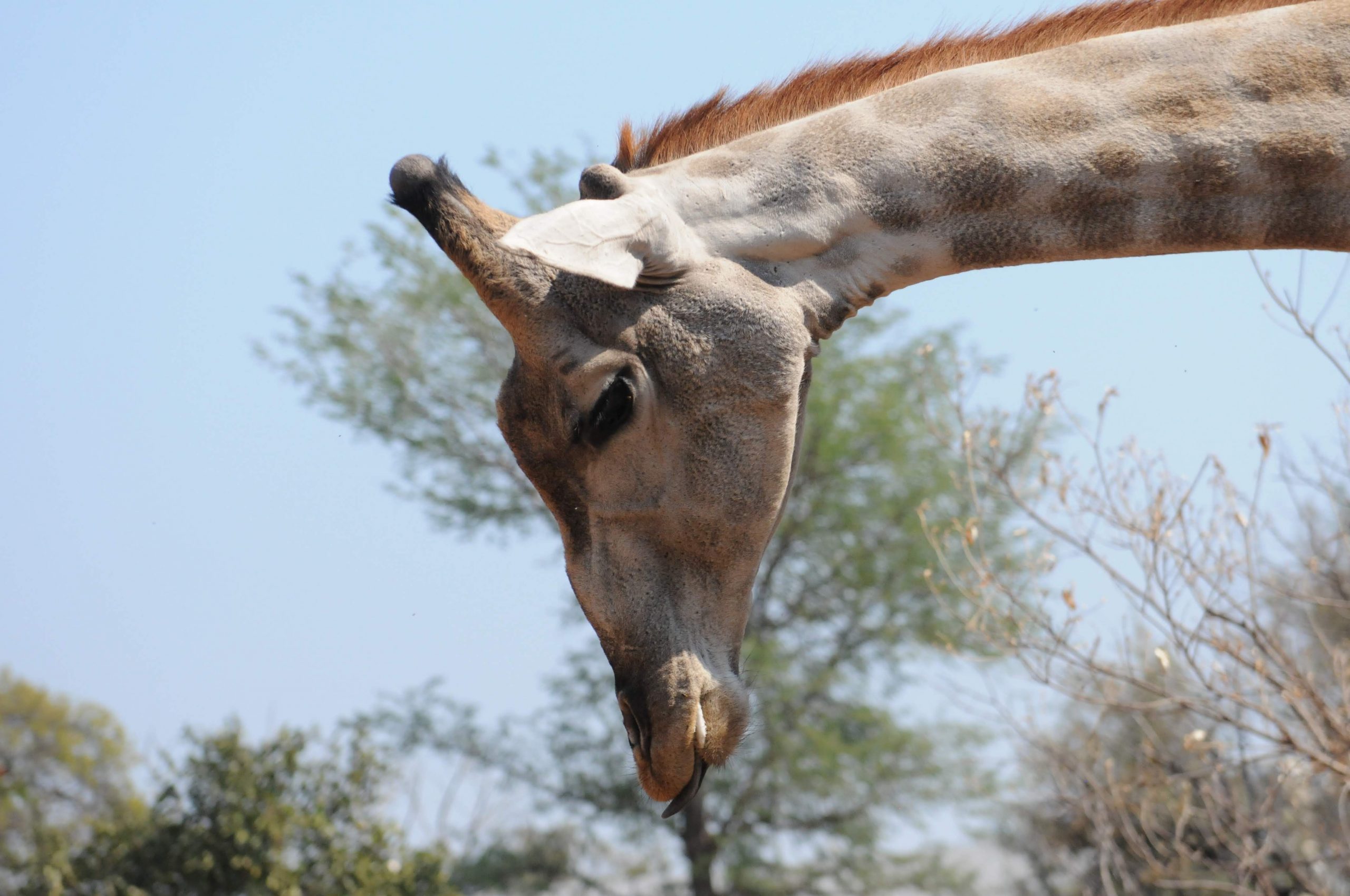
Best times to visit Kenya and Tanzania:
The wildlife viewing in Kenya and Tanzania is dictated by the rains; both safari destinations are split into two dry seasons and two wet seasons. Both are year-round destinations, so your itinerary needs to be planned depending on the experience you hope to get from your once-in-a-lifetime safari experience.
The best time to visit Kenya are:
June to October during the dry season, when the dry and sparse vegetation pushes the animals to congregate near watering holes.
July to September is the best time to view the great migration in Kenya.
The best time to visit Tanzania are:
From June to October during the dry season, when the chance of viewing the Big 5 is high.
June and July are the best times to witness the legendary wildebeest migration in the Serengeti National Park, Tanzania.
From climbing the tallest peak, Mt. Kilimanjaro, to witnessing millions of wildebeest thundering across the Mara River, xplorearth is here to plan and guide you through your African adventures. Our monthly weather guide will help you understand the best time to travel to Kenya and Tanzania. To book your safari trip to the African continent, start by speaking to our travel advisor who knows the lay of the African savannah.
Month-by-month guide for traveling in Kenya and Tanzania
Best time to go to Kenya
With an increase in vegetation, spotting wildlife in the bush takes a bit longer. However, by mid-December, the weather starts to clear up, just in time for the Christmas holidays.
Best time to go on Tanzania
This season can be difficult for travelers who have a low tolerance for heat. The migration herds are in the southeast of the Serengeti for calving season in January.
In April and May, it rains throughout the day, every day, and the humidity is high.
With fewer crowds, one has a good chance to spot the zebras and wildebeest in the Serengeti National Park. In March, the migrating herd starts making its way towards the Grumeti River.
Nights and early mornings tend to be cool, so be prepared for your night game drives to be a little nippy.
June and July are the best times to observe the epic Great Migration in Africa, as thousands of wildebeests and zebras cross the Tanzania rivers to Kenya.
In November, there is a chance of spotting the migrating herds in the northern Serengeti.
Speak to xplorearth founder and travel advisor Harsh Patil to start planning your dream African safari vacation.
We are also adding Rhino and Chimpanzee tracking to our itineraries.
6 days itinerary to Kenya
Get ready for the greatest show on earth - Africa’s Great Wildebeest Migration in Masai Mara
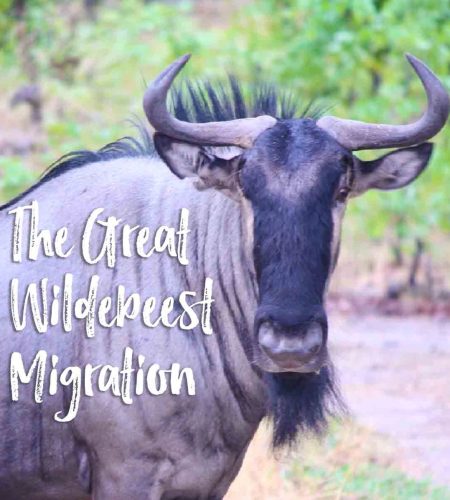
Day One: Arrival in Nairobi
Day Two: Flight transfer to Masai Mara National Park followed by an afternoon game drive
Day Three: Morning and afternoon game drives in search of the great migration and river crossings
Day Four: Morning and afternoon game drives in search of the great migration and river crossings
Day Five: Enjoy a special dinner in the wilderness under the stars
Day Six: Morning game drive and departure
The best time to view the Great Migration in Kenya is late July to mid August annually.
Travel inspiration to start planning safari vacations to Kenya and Tanzania
From Tanzania to Kenya to Namibia to South Africa, tourists scatter all ver the continent in hopes of spotting the legendary Big Five…Read more
Being a travel journalist, I yearn embarking on at least one trip a month to a foreign land.Meeting new people and learning about their cultures and and customs is a thrill for me..Read more
High altitude can hamper our physical abilities and our decision-making..Read more
A flock of vultures swooped in and perched nearby. Cackling and preening themselves they seemed not to have a care…Read more

People, food and culture
In Kenya, more than 60 languages are spoken and there are more than 40 ethnic groups. Similarly in Tanzania, there are 162 different tribes, each one unique. One of the most distinct aspects in this region is the Harambee culture, which means to "pull together". The significance of this lies in the fact that the various cultures believe in and practice a sense of mutual responsibility, effort and assistance, no matter which tribe they belong to. Kenyan cuisine is a hotpot of varying items. Ugali is a cake made from millet or flour and topped with meat and vegetables - a delicacy that is a great option for any meal! Nyama Choma is another popular dish in Kenya, prepared by roasting beef or mutton over fire and served with veggies or Ugali. Surprisingly, Kenya is also one of the few African countries that prides itself in its beer. With decade-old breweries set up in the countryside, Tusker Malt, Summit Lager and Pilsner Lager are just a few of the local beers that are great thirst quencher options to enjoy at a sundowner out in the wilderness.
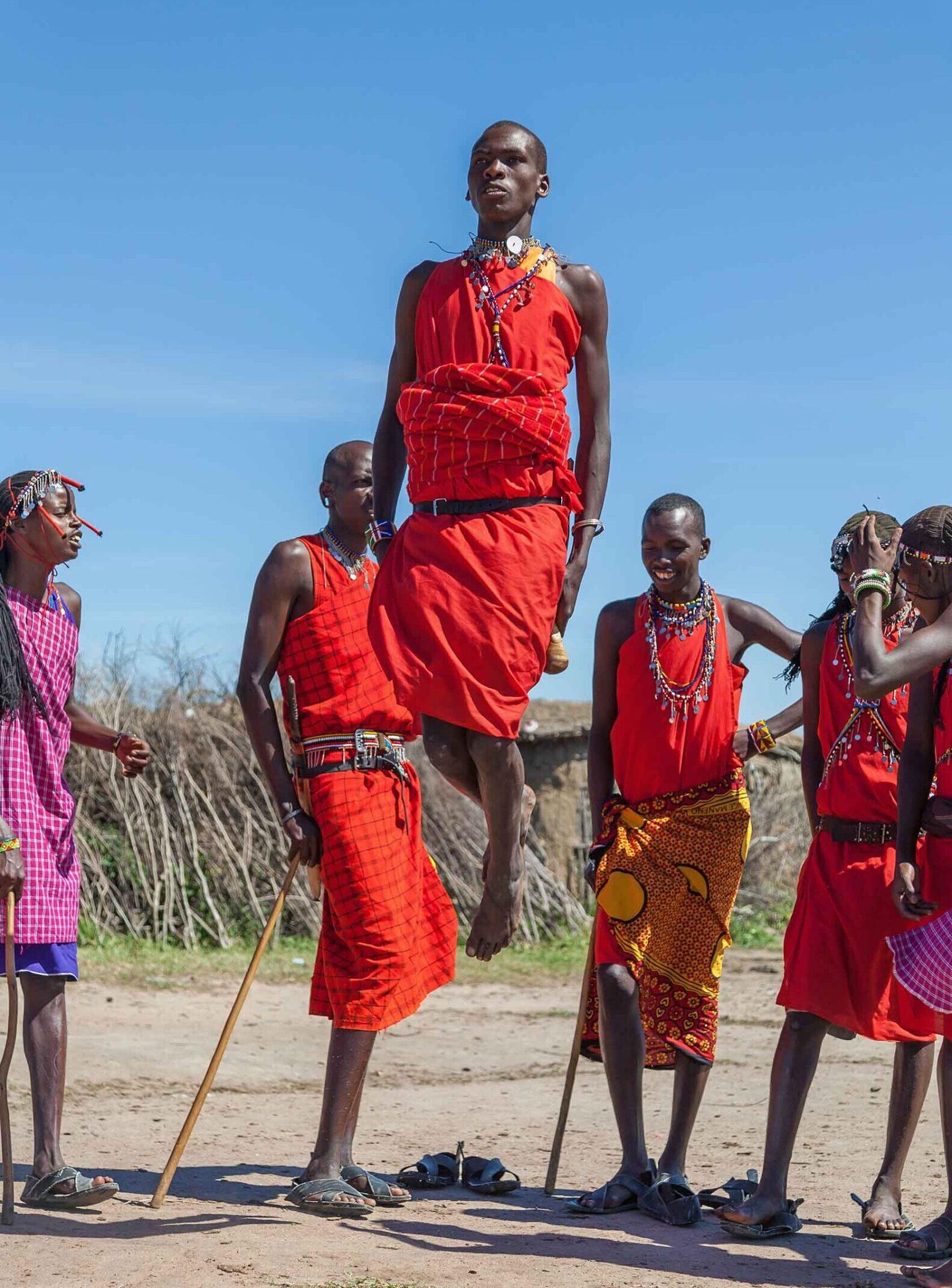

Languages spoken:
Swahili, English

Fun Fact
With more than four million wild animals, including 430 species and subspecies, Tanzania has the largest concentration of animals per square kilometre in the world. Tanzania contains some 20% of the species of Africa’s large mammal population.

One reason you should go here
The Great Migration is unique to this place and the most scintillating natural phenomena to behold.
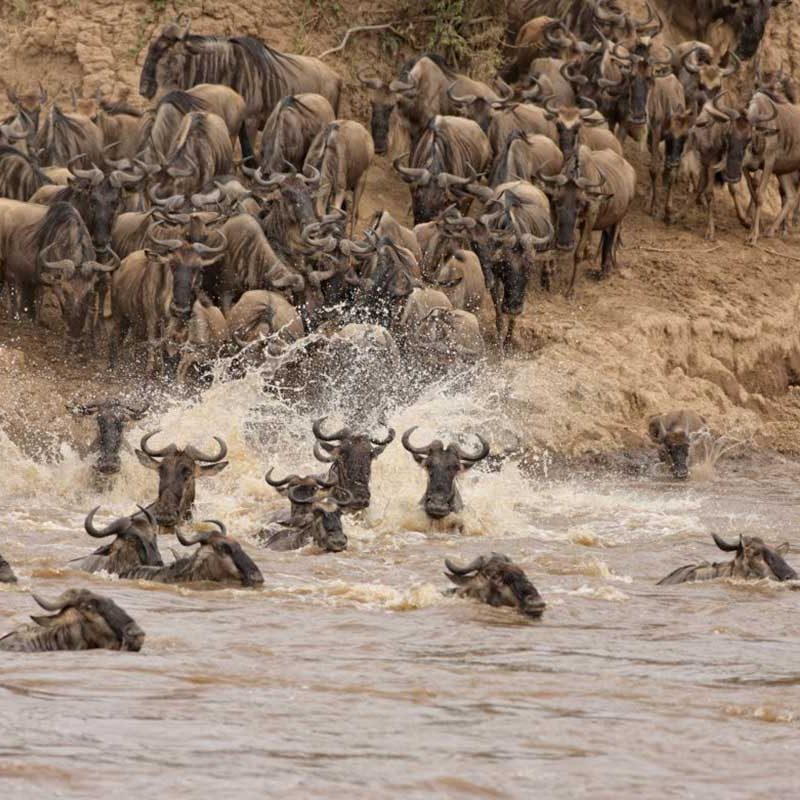
FAQs on safari vacations to Kenya and Tanzania
The best safari experience depends on your interests and preferences. The Serengeti National Park in Tanzania is known for its vast grasslands and large herds of animals. Masai Mara National Reserve in Kenya, is known for its abundance of predators and its annual wildebeest migration. If you are looking for a more diverse wildlife experience, the Serengeti is a good choice. However, if you are looking for a more concentrated wildlife predator-rich experience, the Masai Mara is the better choice.
The iconic Big Five (elephant, lion, leopard, rhino and buffalo) can be spotted in both the Serengeti and Masai Mara. The rhino however is the most elusive of all.
The great wildebeest migration can be seen in both the Serengeti National Park and Masai Mara National Reserve. The migration starts from the Serengeti to the Masai Mara during July and August, so if you want to see this phenomenon it is best to visit these two parks during that time.
The best time to visit the Masai Mara National Reserve is during the months of July and August, when the annual wildebeest migration takes place. This is also known as “The Great Migration” and it’s an awe-inspiring sight that attracts visitors from all over the world. The dry season (May to October) is considered the prime safari season as well, with warm temperatures, sunny skies and lush grasslands ideal for game viewing.
Yes, you will need to get vaccinated before visiting Kenya. Vaccinations recommended by the Centers for Disease Control and Prevention (CDC) include hepatitis A, hepatitis B, typhoid, yellow fever, and rabies. You may also need to receive additional vaccinations depending on where you plan to visit after Kenya.
The best time to visit the Serengeti National Park is during the dry season from June to October. During this period, wildlife is concentrated around water sources and offers great game viewing opportunities.
Yes, some vaccines are recommended or required for travel to Tanzania. It is recommended that travelers visit a healthcare provider at least 6-8 weeks before departure in order to discuss which vaccines are needed and other preventive measures that may be necessary.
For most, an African safari is a dream vacation they have been waiting for. You need to plan for at least a week to 10 days, depending on the destination, wildlife viewing and other activities you want to experience on your safari adventure!
